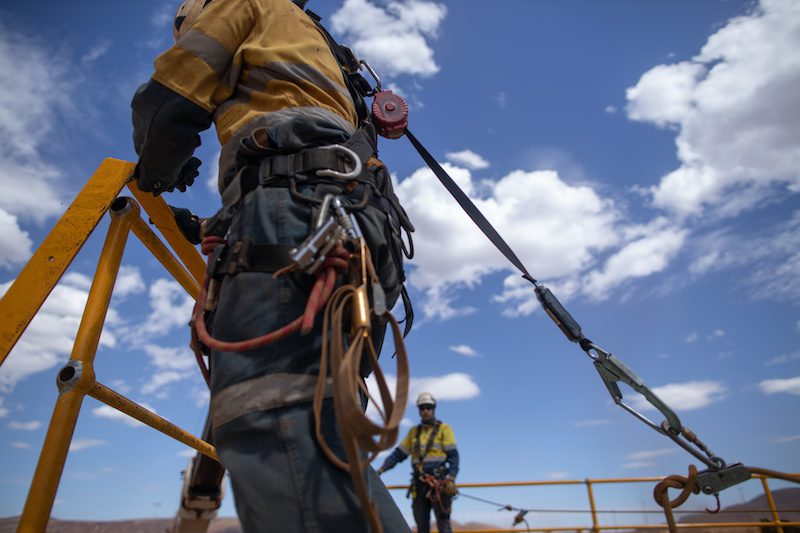Worksafe Queensland has issued a safety alert regarding a man sustained serious head injuries after falling from a water tank. In November 2020, a man sustained serious head injuries after falling from a water tank that had just been put in place by a vehicle loading crane. The man was standing on the tank close to the crane when the incident occurred.
Falls are a major cause of death and serious injury. The risk of falling is common in construction, but may also occur during many other work activities.
The risk of serious injury from a fall is largely dependent on the height, but also the surface below (e.g. working on a roof near an unprotected edge or performing installation work from a ladder). A risk management approach must be used to manage the risks of falls from heights.
To prevent a similar incident, Worksafe Queensland said managing work health and safety risks is an ongoing process. Risk management involves four steps:
- identify the hazard – find out what could cause harm
- assess the risk – understand the nature of the harm that could be caused by the hazard, how serious the harm could be and the likelihood of it happening
- control the risk – implement the most effective control measure reasonably practicable in the circumstances
- review risk controls – asses control measures to ensure they are working as planned.
Substitution controls involve substituting the hazard with something of lesser risk (such as using an elevating work platform so workers can avoid standing on a ladder to perform the task).
Engineering controls involve changing physical characteristics of the plant and/or system of work to reduce the risk. Examples may include gauges and inspection points accessible from the ground, and integrated guardrails providing physical fall protection.
Administrative controls include information, training, instruction or supervision necessary to control the risks associated with the plant. All operating manuals and instructional material provided by the manufacturer should be kept and followed.
Employers are also urged to implement a safe system of work that considers the design of the plant, the condition and layout of elevated work areas, the correct set-up, stability and security of ladders, and the proximity of other plant such as cranes. Employers should also implement safe systems for a travel restraint or fall-arrest system, with adequate training, instruction and supervision on how to use them, and emergency and rescue procedures if someone falls.
Employers should also ensure that young, new or inexperienced workers are equipped with adequate knowledge and training to perform the task safely. Worker training programs should be practical and consider the needs of workers like literacy levels, work experience and specific skills required for safe use of the plant.
Employers are encouraged to provide safe work procedures with instructions on how to safely access the plant, and how to carry out inspections, shutdown, cleaning, repair and maintenance of the plant.
Any remaining risk must be minimised with suitable personal protective equipment (PPE), such as hard hats, steel cap boots and high-visibility vests. Safety footwear should be suitable for the type of work and environment, and comfortable, with a non-slip sole and appropriate tread. Workers should regularly check their footwear to ensure treads are not worn away or clogged with contaminants.
Administrative control measures and PPE rely on human behaviour and supervision, and used on their own, tend to be least effective in minimising risks.
Read more Mining Safety News














Add Comment